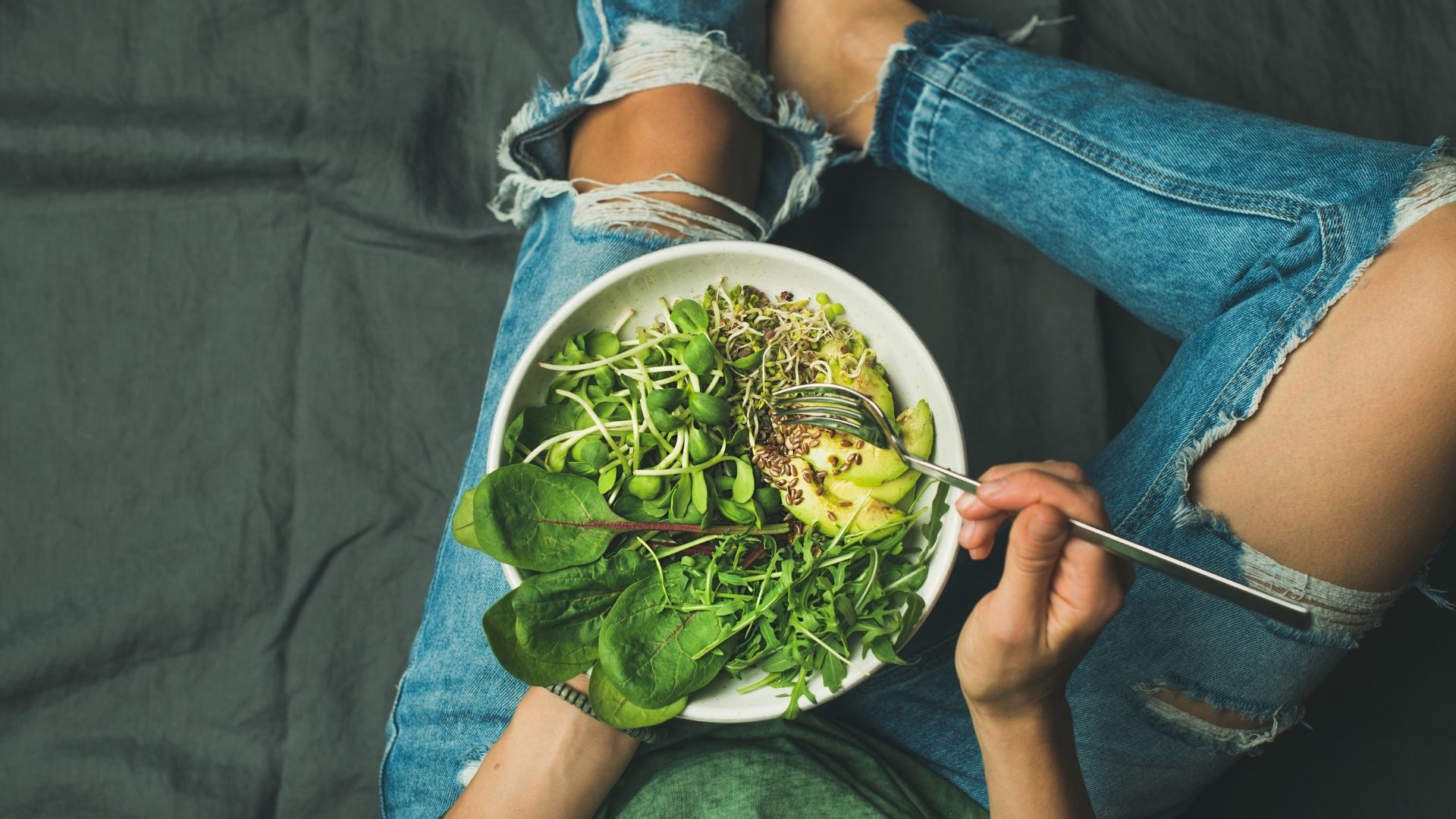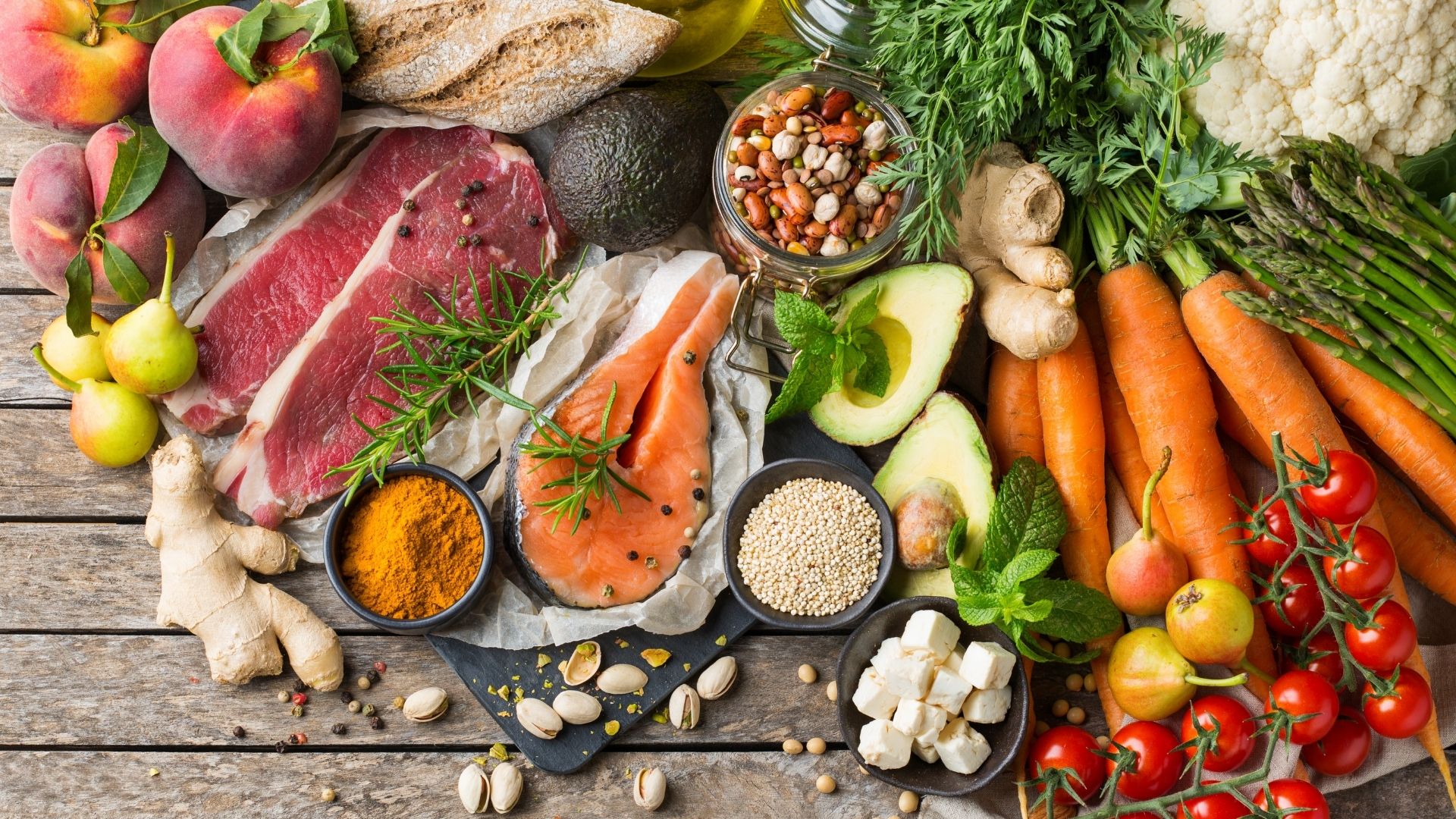Careful consumption of meat and fish with a degree of flexibility. Read on to find out what this diet involves.

If being conscious of the meat you’re eating is important to you for the sake of the environment and your own health, then you’re probably already one of a growing number of flexitarians. These ‘part-time vegetarians’ follow a largely vegetarian diet but don’t avoid meat altogether. This article will reveal what flexitarians look out for in particular, how you too can become a flexitarian by following our helpful tips, as well as all of the health benefits of this type of diet.
The term flexitarian is a merging together of the words ‘flexible’ and ‘vegetarian’. The official definition states that this group includes people who eat mainly vegetarian food but occasionally also consume high-quality, organically produced meat. Exactly how regularly meat is consumed is not defined and may vary significantly from person to person. On average, flexitarians opt for meat once or twice per week. However, a flexitarian’s food choices are essentially based on those of a ‘normal’ vegetarian. This means that on a daily basis they will consume, in particular, high-quality vegetables, fruit, nuts and seeds which, where possible, are locally sourced.
Reasons for ‘soft’ vegetarianism and its relevance
There are many reasons for avoiding meat but allowing some exceptions. Most flexitarians tend to focus on specific aspects such as animal welfare, health and environmental protection. Reducing the amount of meat you eat can be easy on the wallet and savings made can be spent on higher quality meat. It’s about quality and not quantity. This is because locally produced organic meat not only tastes great but is also good for the animal and for the environment.
There are also health benefits with the flexitarian lifestyle. The German Nutrition Society (DGE) recommends consuming 300-600 grammes of meat per week. Flexitarians generally do not exceed this amount which means they have a lower risk of cardiovascular disease. It is also easier to lose weight with a flexitarian diet. A plant-based breakfast, for example, including nuts, oats and berries will provide plenty of fibre and carbohydrates, both guaranteed to keep you feeling full for a long time.
By occasionally eating animal-based products, the body also gets all the important nutrients it needs. This means that part-time vegetarians and part-time vegans need have no concerns, for example, about a lack of vitamin B12 or iron. Flexitarians take the positive aspects from both types of diet. But don’t worry, with a balanced vegetarian diet, there’s also generally no need to be worried about deficiencies, even without supplements.

Become a part-time vegetarian in just a few easy steps
Let’s start with the positives. Flexitarianism has no strict rules, and nothing is forbidden. The concept is very flexible and makes it very easy when starting out with this kind of diet! However, there are a few small tricks you can use to help you on your way.
Does your most favourite meal of all – one which you really cannot go without – contain meat? Not a problem! For most meat dishes there are now recipes which have been modified to be vegetarian. For example, by using red lentils, chili con carne becomes chili sin carne and the bacon in spaghetti carbonara can be replaced by smoked tofu. The use of vegetarian meat substitutes such as vegetarian sausage or vegetarian mince are also great to use when starting out. The market now has a massive selection available. There are also many dishes in which it probably wouldn’t even occur to you that the meat was missing. A colourful vegetable curry for example is delicious even without the chicken, and you’d barely even notice the missing bits of bacon in a filling pasta bake. This new way of eating may also expand your food horizons by giving you the opportunity to try out exciting vegetarian products which you have not come across before.
If, however, you need at least some rules to stick to when making the switch to flexitarianism, then you just need to keep to a few principles. You could decide for example only to eat meat on holiday or on specific special occasions such as Christmas with Grandma. One option is also to have specific meat-free days of the week to help you successfully adopt this new lifestyle and not lose track altogether.

#liebherr, #flexitarian, #flexitarianism, #vegetarian, #climate_protection, #animal_welfare, #health, #flexibility, #organic, #quality, #meat, #fish, #meat_substitutes